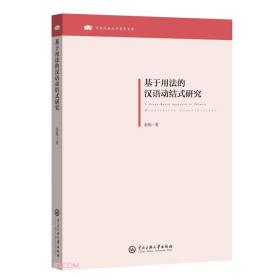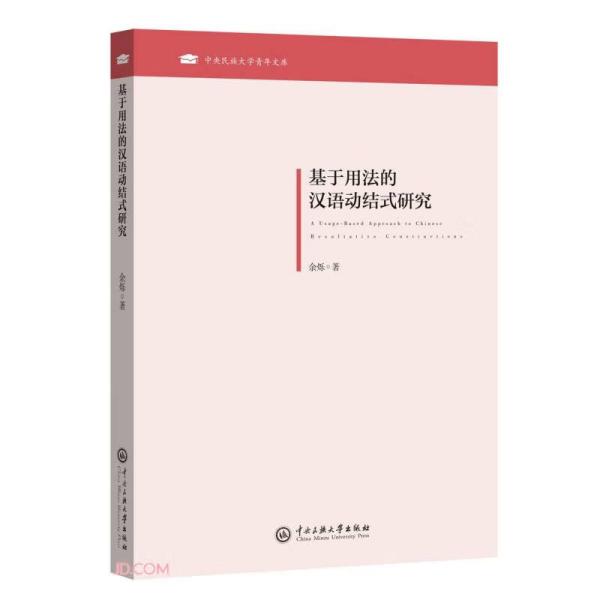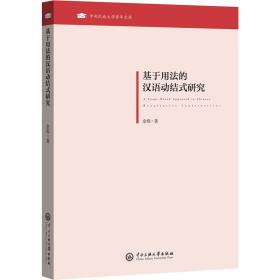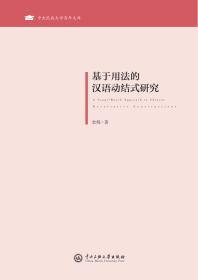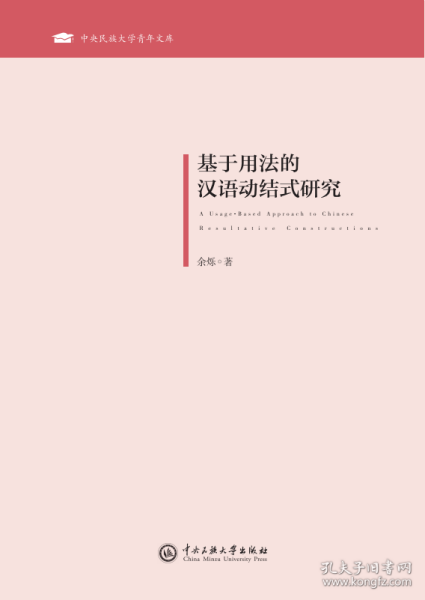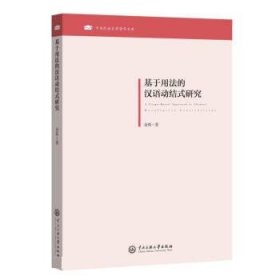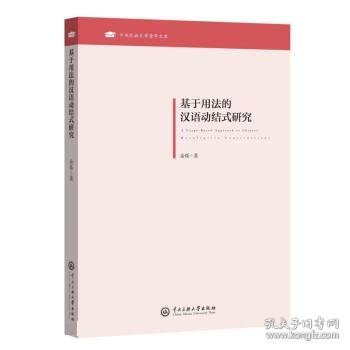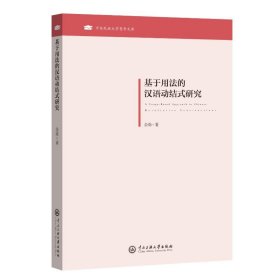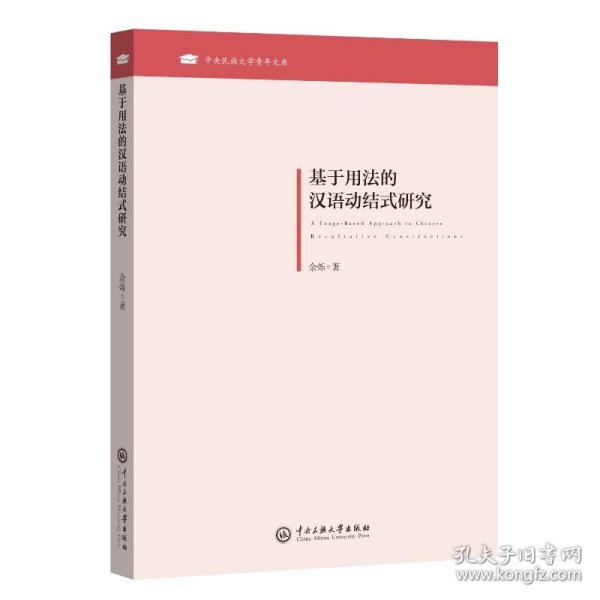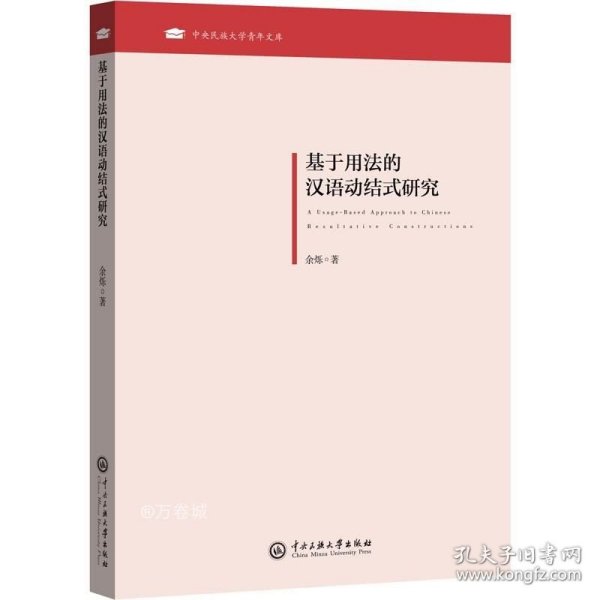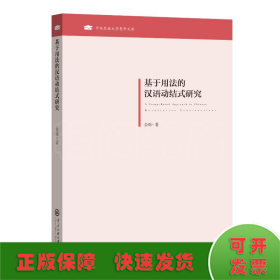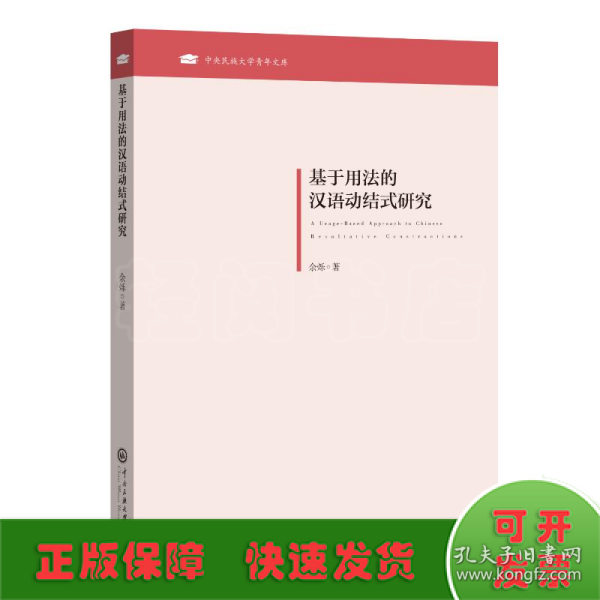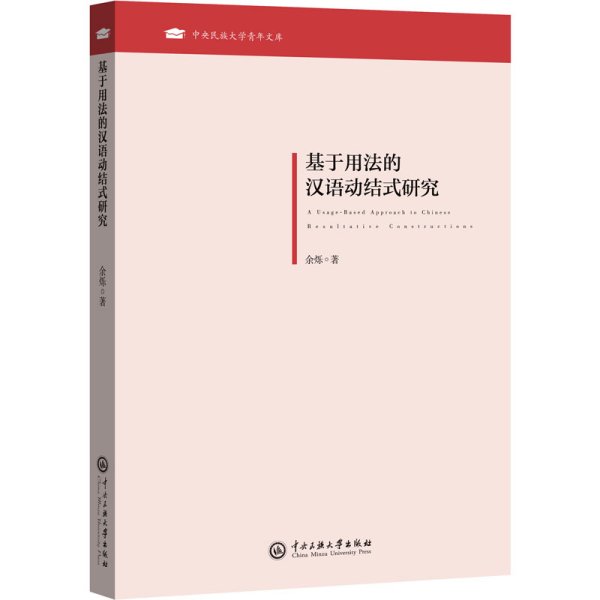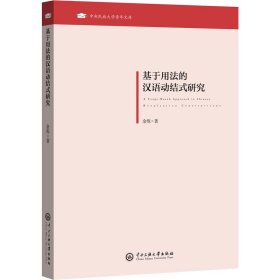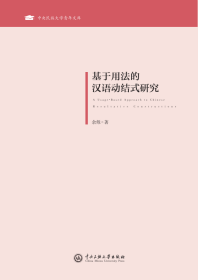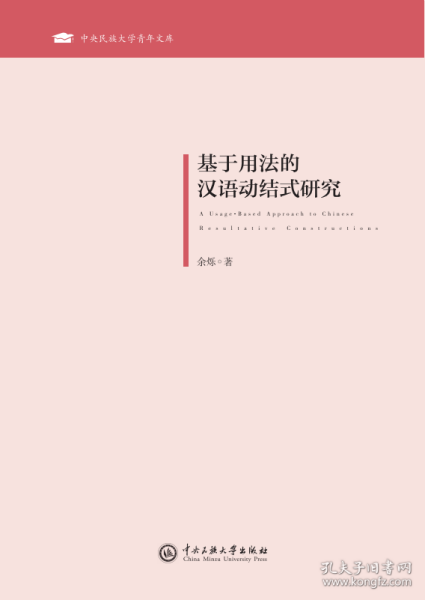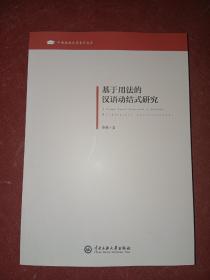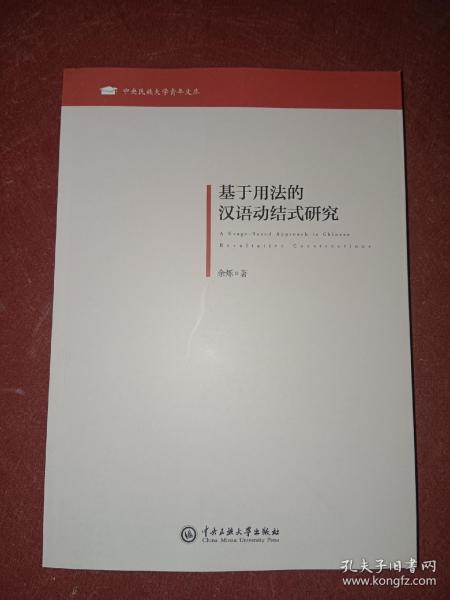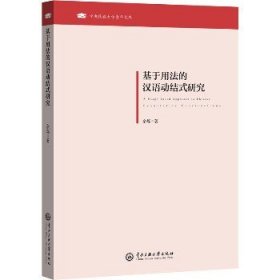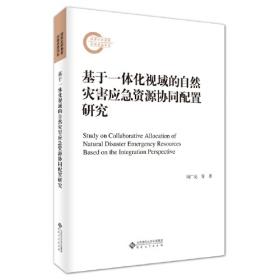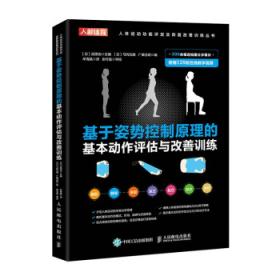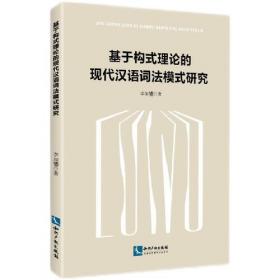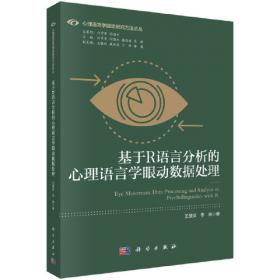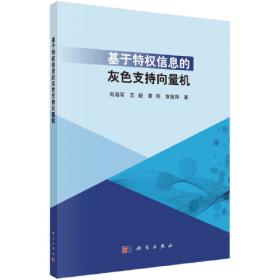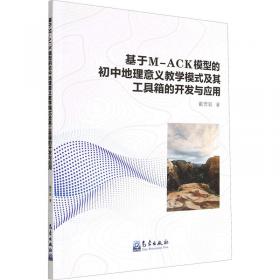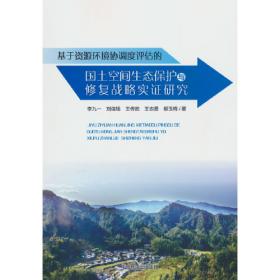基于用法的汉语动结式研究/中央民族大学青年文库
出版时间:
2022-08
版次:
1
ISBN:
9787566021069
装帧:
平装
开本:
16开
页数:
345页
字数:
310.000千字
正文语种:
简体中文
1人买过
-
本书对汉语动结式进行了基于用法的研究,包括语料库分析和可接受度调查。
首先对于汉语动结式的语料库研究,基于“现代汉语述补结构用法数据库”(the Online Database on Verb-Resultative Constructions in Contemporary Chinese ,ODVRC)中列出的结果XP,从兰卡斯特汉语语料库(the Lancaster Corpus of Mandarin Chinese,LCMC)收集语料,提出了两个测试来检验汉语结果XP,区分了汉语的边界和原型动结式。本书对汉语动结式的类型和个数频次进行了描述性分析,并讨论了汉语动结式的类型学分类。
基于语料库的例句,本书考查结构为[主语+动词+(宾语)+结果XP]动结式的可接受度,通过问卷调查进行可接受度研究。问卷还调查了“把字句+动结式”的可接受度。调查结果显示,“把+动结式”的可接受度形成一个连续统,尤其“主语指向动结式”是否加“把”有显著差异。“把+动结式”的可接受度取决于句子表达的语义及物性的程度。本书提出的认知解释为,句子表达的高及物性与“把”作为高及物性的标记功能一致。这也支持了学界对“把”字句功能的讨论,即将其视为高及物性的标志,而不是表达处置或致使关系。 余烁,女,中央民族大学国际教育学院讲师,硕士生导师。2010年获英国伦敦大学学院语言学硕士学位,2019年获英国兰卡斯特大学语言学博士学位。曾应邀赴美国、法国、意大利、巴西、英国等大学和研究机构参加国际会议并发言,主要研究兴趣包括认知语言学、构式语法、语料库研究、二语习得等。 Chapter 1 Introduction
1.1 Preliminaries
1.1.1 The resultative construction in Mandarin Chinese
1.1.2 The 把 ba-construction
1.1.3 The acceptability of resultative constructions in Mandarin
1.2 Theoretical framework
1.3 Structure of the book
Chapter 2 Literature review
2.1 Introduction and structure of the chapter
2.2 Resultative constructions
2.2.1 Formal approach
2.2.2 Functional-cognitive analysis
2.2.3 General discussion ofresultatives
2.3 The 把 ba-construction
2.3.1 Syntactic analysis
2.3.2 Semantic analysis
2.4 Combinations of resultative constructions and other constructions
2.5 Corpus studies on Chinese resultatives
2.6 Concluding remarks
Chapter 3 Methodology
3.1 Introduction
3.2 Corpus-based approach
3.3 Acceptability judgement approach
3.3.1 Grammaticality verus acceptability
3.3.2 Traditional ways of making acceptability judgements
3.3.3 Magnitude estimation
3.3.4 Questionnaire survey
3.4 Concluding remarks
Chapter 4 A corpus study of Chinese resultatives
4.1 Introduction
4.1.1 Motivation for the corpus analysis of Chinese resultatives
4.1.2 Structure of the chapter
4.2 Methodology
4.2.1 Corpus
4.2.2 Two tests for the identification of Chinese resultatives
4.2.3 Criteria for corpus analysis: classifications of resultatives...
4.3 A corpus study of Chinese resultatives: results
4.3.1 Preliminaries
4.3.2 Classification of Chinese resultatives and more dimensions
4.3.3 A general corpus analysis of Chinese resultatives
4.4 A corpus study of Chinese resultatives: discussion
4.4.1 Chinese resultatives: a typological point of view
4.4.2 Chinese marginal and prototypical resultatives
4.5 Concluding remarks
Chapter 5 把 ba + subject/agent-oriented resultatives:acceptability judgements
5.1 Introduction
5.1.1 Chinese subject-oriented resultative constructions
5.1.2 把 ba + subject/agent-oriented resultatives in Chinese
5.1.3 Structure of the chapter
5.2 The 把 ba-construction: more about high semantic transitivity
5.3 Methodology
5.3.1 Corpus
5.3.2 Questionnaire survey
5.4 The questionnaire survey: results and discussion
5.4.1 Resultatives with and without 把 ba
5.4.2 把 ba + resultatives with and without 终于 zhongyu \'finally\'.
5.5 Further implications
5.5.1 Subject/agent-oriented resultatives with postverbal NP
5.5.2 The acceptability of 把 ba + subject-oriented resultatives
5.6 Concluding remarks
Chapter 6 The acceptability of 把 ba + object-oriented resultatives
6.1 Introduction
6.1.1 把 ba + object-oriented resultatives in Chinese
6.1.2 Methodology
6.1.3 Structure of the chapter
6.2 The acceptability of object-oriented resultatives with and without 把 ba
6.2.1 Results
6.2.2 Discussion
6.3 The acceptability of 把 ba + subject-oriented resultatives
6.4 The acceptability of 把 ba + subject-/object-oriented resultatives
6.4.1 Results
6.4.2 Discussion
6.5 Further implications
6.5.1 The acceptability of subject-/object-oriented resultatives
6.5.2 The acceptability of 把 ba+subj ect-/object-oriented resultatives
6.5.3 Subject-oriented resultatives vs. object-oriented resultatives:唱-红 chang-hong \'sing-popular\'.
6.6 Concluding remarks
Chapter 7 Conclusion
7.1 Summary
7.2 Contribution
7.3 Limitations
7.4 Suggestions for further work
References
Appendix A: Chinese Questionnaire surveys of acceptability of Chinese resultatives
Appendix B: English translation of questionnaire surveys of acceptability of Chinese resultatives
-
内容简介:
本书对汉语动结式进行了基于用法的研究,包括语料库分析和可接受度调查。
首先对于汉语动结式的语料库研究,基于“现代汉语述补结构用法数据库”(the Online Database on Verb-Resultative Constructions in Contemporary Chinese ,ODVRC)中列出的结果XP,从兰卡斯特汉语语料库(the Lancaster Corpus of Mandarin Chinese,LCMC)收集语料,提出了两个测试来检验汉语结果XP,区分了汉语的边界和原型动结式。本书对汉语动结式的类型和个数频次进行了描述性分析,并讨论了汉语动结式的类型学分类。
基于语料库的例句,本书考查结构为[主语+动词+(宾语)+结果XP]动结式的可接受度,通过问卷调查进行可接受度研究。问卷还调查了“把字句+动结式”的可接受度。调查结果显示,“把+动结式”的可接受度形成一个连续统,尤其“主语指向动结式”是否加“把”有显著差异。“把+动结式”的可接受度取决于句子表达的语义及物性的程度。本书提出的认知解释为,句子表达的高及物性与“把”作为高及物性的标记功能一致。这也支持了学界对“把”字句功能的讨论,即将其视为高及物性的标志,而不是表达处置或致使关系。
-
作者简介:
余烁,女,中央民族大学国际教育学院讲师,硕士生导师。2010年获英国伦敦大学学院语言学硕士学位,2019年获英国兰卡斯特大学语言学博士学位。曾应邀赴美国、法国、意大利、巴西、英国等大学和研究机构参加国际会议并发言,主要研究兴趣包括认知语言学、构式语法、语料库研究、二语习得等。
-
目录:
Chapter 1 Introduction
1.1 Preliminaries
1.1.1 The resultative construction in Mandarin Chinese
1.1.2 The 把 ba-construction
1.1.3 The acceptability of resultative constructions in Mandarin
1.2 Theoretical framework
1.3 Structure of the book
Chapter 2 Literature review
2.1 Introduction and structure of the chapter
2.2 Resultative constructions
2.2.1 Formal approach
2.2.2 Functional-cognitive analysis
2.2.3 General discussion ofresultatives
2.3 The 把 ba-construction
2.3.1 Syntactic analysis
2.3.2 Semantic analysis
2.4 Combinations of resultative constructions and other constructions
2.5 Corpus studies on Chinese resultatives
2.6 Concluding remarks
Chapter 3 Methodology
3.1 Introduction
3.2 Corpus-based approach
3.3 Acceptability judgement approach
3.3.1 Grammaticality verus acceptability
3.3.2 Traditional ways of making acceptability judgements
3.3.3 Magnitude estimation
3.3.4 Questionnaire survey
3.4 Concluding remarks
Chapter 4 A corpus study of Chinese resultatives
4.1 Introduction
4.1.1 Motivation for the corpus analysis of Chinese resultatives
4.1.2 Structure of the chapter
4.2 Methodology
4.2.1 Corpus
4.2.2 Two tests for the identification of Chinese resultatives
4.2.3 Criteria for corpus analysis: classifications of resultatives...
4.3 A corpus study of Chinese resultatives: results
4.3.1 Preliminaries
4.3.2 Classification of Chinese resultatives and more dimensions
4.3.3 A general corpus analysis of Chinese resultatives
4.4 A corpus study of Chinese resultatives: discussion
4.4.1 Chinese resultatives: a typological point of view
4.4.2 Chinese marginal and prototypical resultatives
4.5 Concluding remarks
Chapter 5 把 ba + subject/agent-oriented resultatives:acceptability judgements
5.1 Introduction
5.1.1 Chinese subject-oriented resultative constructions
5.1.2 把 ba + subject/agent-oriented resultatives in Chinese
5.1.3 Structure of the chapter
5.2 The 把 ba-construction: more about high semantic transitivity
5.3 Methodology
5.3.1 Corpus
5.3.2 Questionnaire survey
5.4 The questionnaire survey: results and discussion
5.4.1 Resultatives with and without 把 ba
5.4.2 把 ba + resultatives with and without 终于 zhongyu \'finally\'.
5.5 Further implications
5.5.1 Subject/agent-oriented resultatives with postverbal NP
5.5.2 The acceptability of 把 ba + subject-oriented resultatives
5.6 Concluding remarks
Chapter 6 The acceptability of 把 ba + object-oriented resultatives
6.1 Introduction
6.1.1 把 ba + object-oriented resultatives in Chinese
6.1.2 Methodology
6.1.3 Structure of the chapter
6.2 The acceptability of object-oriented resultatives with and without 把 ba
6.2.1 Results
6.2.2 Discussion
6.3 The acceptability of 把 ba + subject-oriented resultatives
6.4 The acceptability of 把 ba + subject-/object-oriented resultatives
6.4.1 Results
6.4.2 Discussion
6.5 Further implications
6.5.1 The acceptability of subject-/object-oriented resultatives
6.5.2 The acceptability of 把 ba+subj ect-/object-oriented resultatives
6.5.3 Subject-oriented resultatives vs. object-oriented resultatives:唱-红 chang-hong \'sing-popular\'.
6.6 Concluding remarks
Chapter 7 Conclusion
7.1 Summary
7.2 Contribution
7.3 Limitations
7.4 Suggestions for further work
References
Appendix A: Chinese Questionnaire surveys of acceptability of Chinese resultatives
Appendix B: English translation of questionnaire surveys of acceptability of Chinese resultatives
查看详情
-
九品
北京市海淀区
平均发货24小时
成功完成率86.19%
-
全新
四川省成都市
平均发货33小时
成功完成率70.39%
-
全新
江苏省无锡市
平均发货8小时
成功完成率95.76%
-
全新
山东省潍坊市
平均发货11小时
成功完成率85.34%
-
全新
-
全新
山东省济宁市
平均发货68小时
成功完成率81.11%
-
全新
江苏省苏州市
平均发货9小时
成功完成率95.48%
-
全新
浙江省嘉兴市
平均发货10小时
成功完成率94.04%
-
全新
江苏省南京市
平均发货16小时
成功完成率82.97%
-
基于用法的汉语动结式研究
重要提醒:::重要提醒::所有图书保证正版,按书名发货图片仅供参考, 有疑问请咨询客服,看清书名按书名发货
全新
北京市通州区
平均发货9小时
成功完成率89.12%
-
全新
湖北省武汉市
平均发货15小时
成功完成率93.86%
-
全新
山东省泰安市
平均发货8小时
成功完成率93.09%
-
全新
江苏省无锡市
平均发货18小时
成功完成率94.46%
-
全新
天津市西青区
平均发货14小时
成功完成率90.11%
-
全新
北京市东城区
平均发货29小时
成功完成率84.72%
-
全新
北京市丰台区
平均发货8小时
成功完成率90.47%
-
全新
北京市西城区
平均发货29小时
成功完成率90.44%
-
全新
天津市河东区
平均发货28小时
成功完成率90.37%
-
全新
江苏省无锡市
平均发货18小时
成功完成率92.63%
-
全新
北京市朝阳区
平均发货9小时
成功完成率96.82%
-
全新
江苏省南京市
平均发货16小时
成功完成率82.97%
-
全新
江苏省南京市
平均发货7小时
成功完成率98.1%
-
全新
江苏省无锡市
平均发货18小时
成功完成率94.46%
-
全新
广东省广州市
平均发货8小时
成功完成率94.8%
-
全新
北京市西城区
平均发货28小时
成功完成率88.6%
-
全新
天津市津南区
平均发货13小时
成功完成率94.46%
-
全新
广东省广州市
平均发货8小时
成功完成率89.93%
-
九五品
北京市昌平区
平均发货14小时
成功完成率96.38%
-
全新
北京市朝阳区
平均发货19小时
成功完成率80.45%
-
全新
广东省广州市
平均发货16小时
成功完成率89.24%
-
全新
广东省广州市
平均发货26小时
成功完成率79.66%
-
全新
浙江省嘉兴市
平均发货12小时
成功完成率92.97%
-
全新
北京市朝阳区
平均发货13小时
成功完成率93.36%
-
全新
广东省广州市
平均发货16小时
成功完成率87.85%
-
全新
北京市东城区
平均发货11小时
成功完成率95.4%
-
全新
广东省广州市
平均发货18小时
成功完成率87.03%
-
全新
广东省广州市
平均发货7小时
成功完成率89.37%
-
全新
四川省成都市
平均发货10小时
成功完成率93.96%
-
全新
北京市通州区
平均发货15小时
成功完成率78.05%
-
全新
安徽省合肥市
平均发货10小时
成功完成率80.56%
-
全新
河北省沧州市
平均发货14小时
成功完成率76.34%
-
全新
山东省烟台市
平均发货12小时
成功完成率84.18%
-
全新
-
全新
安徽省合肥市
平均发货13小时
成功完成率77.91%
-
全新
广东省广州市
平均发货19小时
成功完成率88.15%
-
全新
广东省广州市
平均发货26小时
成功完成率79.66%

 占位居中
占位居中


